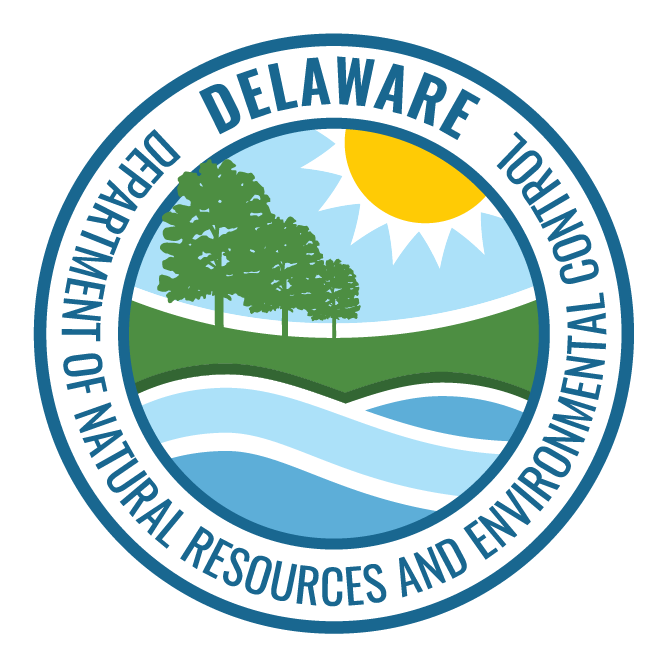Pages Tagged With: "monitoring"
Construction of Monitor and Observation Wells
Monitor and observation wells constructed in Delaware must conform to the requirements of the Delaware Regulations Governing the Construction and Use of Wells (7 DE Admin. Code 7301). This page reiterates some of the requirements found in the regulations. It also establishes additional criteria for the design and construction of monitor and observationDelaware Wetland Restoration Strategies
Wetlands across the state of Delaware face many challenges. However, there are opportunities to combat specific issues and to restore and protect Delaware’s wetland resources. The DNREC Wetland Monitoring and Assessment Program is developing strategies, specific to Delaware’s different watersheds, to identify and pursue those opportunities. The wetland restoration strategies will helpLibrary: Long-Term Wetlands Monitoring
A collection of long-term wetlands monitoring documents from the DNREC Watershed Assessment Section. Wetland Publications LibraryWetland Monitoring and Assessment
By understanding the health of our wetlands, we also can better understand how to restore them and protect them from actions that cause damage.Contact Us
Alison Rogerson Delaware Wetlands 302-739-9939
Library: Management Plans and Monitoring Protocols
A collection of management plans and monitoring protocols from the DNREC Watershed Assessment Section. Wetland Publications LibraryWater Quality Monitoring
Delaware’s bays, ponds, streams, and rivers are monitored on a regular basis to assess the quality of Delaware’s surface waters. Much of the monitoring is done by DNREC, though other groups, including federal agencies, academic institutions, and citizen volunteer monitoring programs, also contribute to these efforts.Moveable Monitoring Platform
DNREC has developed a Moveable Monitoring Platform (MMP) to increase its air monitoring capabilities and assist with special projects. The movable monitor improves DNREC’s response to air quality concerns in areas where no permanent air monitoring station can be placed. The Moveable Monitoring Platform is designed to support state-of-the-artSpecial Projects
The DNREC Division of Air Quality conducts special studies to examine air quality issues and concerns tied specific locations around the state.Contact Us
Air Monitoring Program Division of Air Quality 302-323-4542




